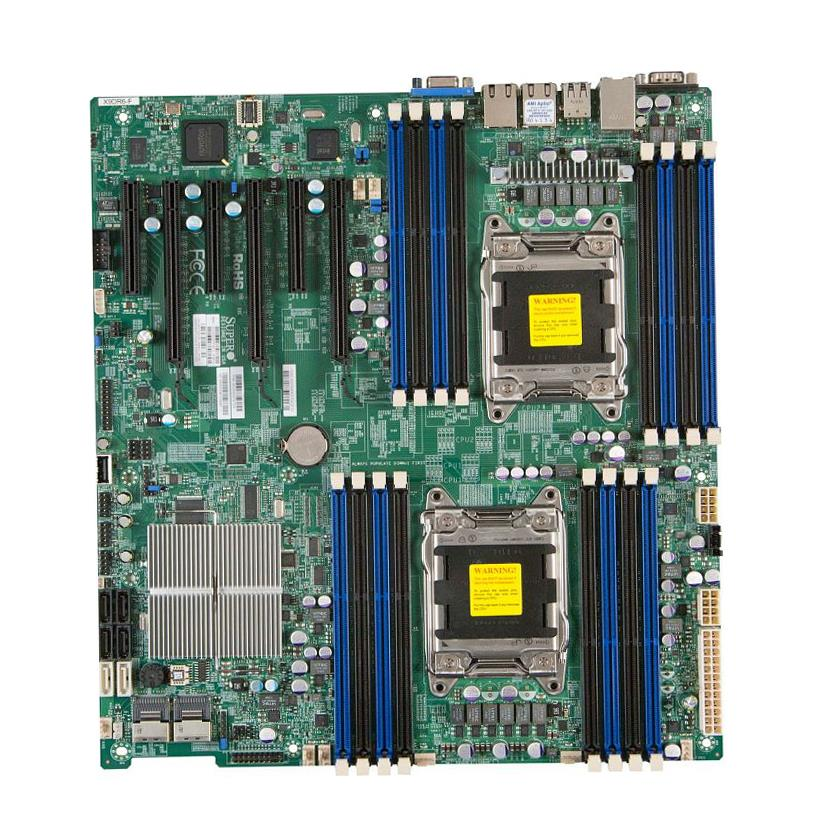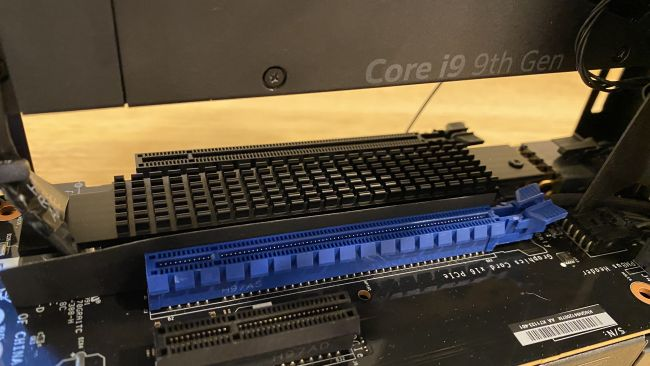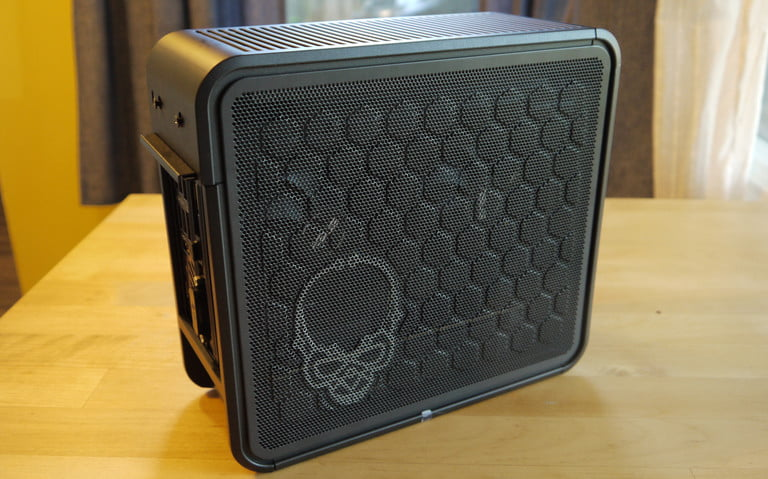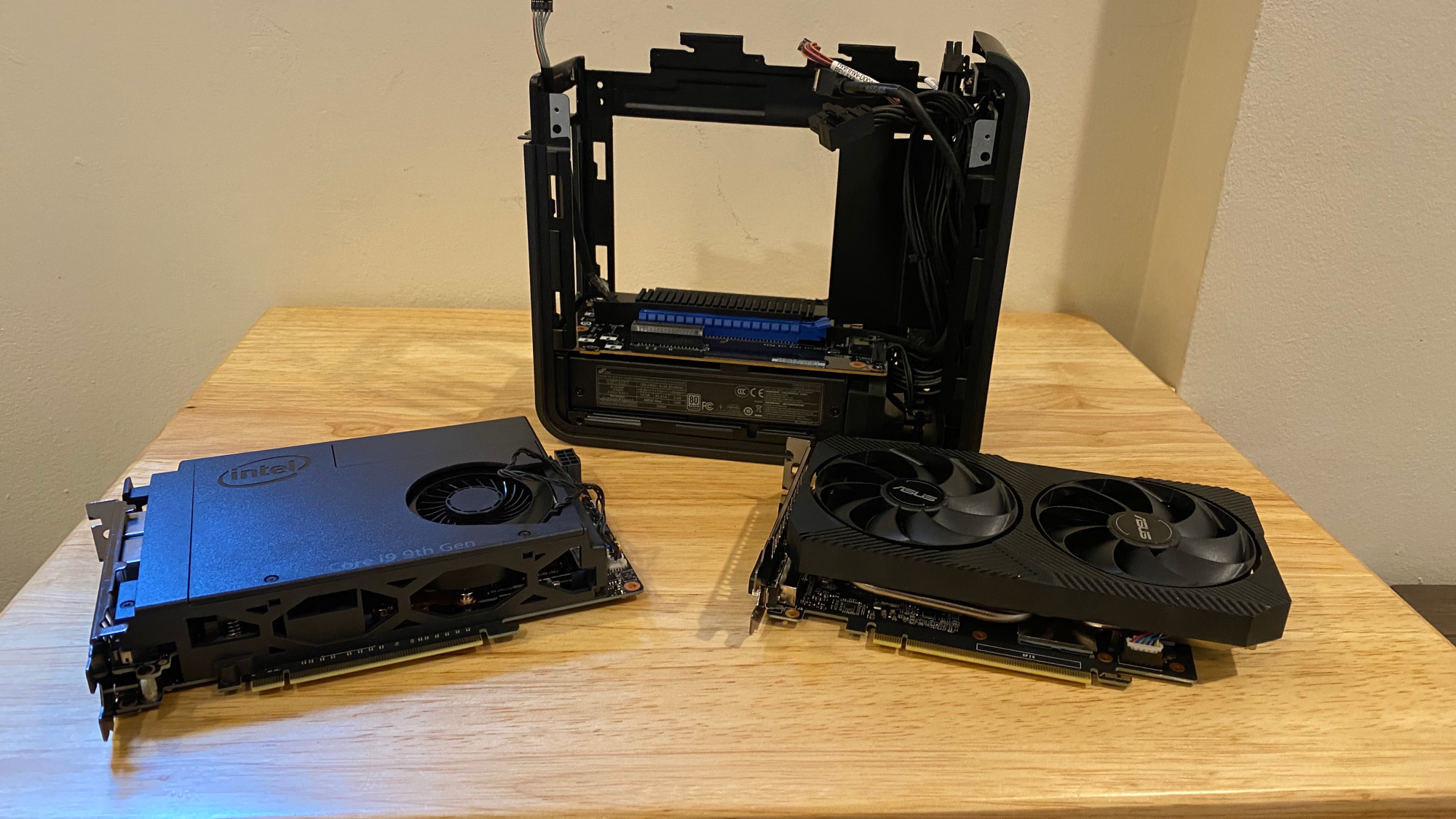Intel NUC 9 Extreme Kit (Ghost Canyon) Review: In Its Compute Element
https://www.tomshardware.com/reviews/intel-nuc-9-extreme-kit-ghost-canyon
This is a shell around the Compute Element seen a few months ago. It's got an i9-9980HK, Wifi 6, dual thunderbolt, dual Ethernet, and a 500W PSU. But this one can fit a dual-slot GPU if it's short--both the GPU and motherboard slot into a small backplane.
https://www.tomshardware.com/reviews/intel-nuc-9-extreme-kit-ghost-canyon
This is a shell around the Compute Element seen a few months ago. It's got an i9-9980HK, Wifi 6, dual thunderbolt, dual Ethernet, and a 500W PSU. But this one can fit a dual-slot GPU if it's short--both the GPU and motherboard slot into a small backplane.
![[H]ard|Forum](/styles/hardforum/xenforo/logo_dark.png)




